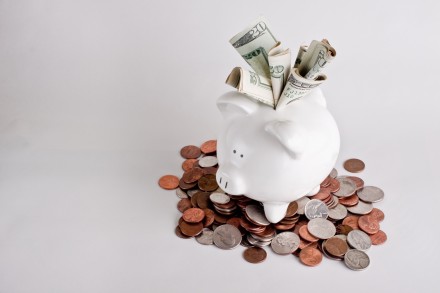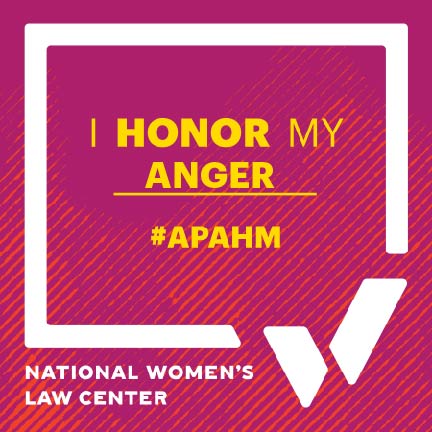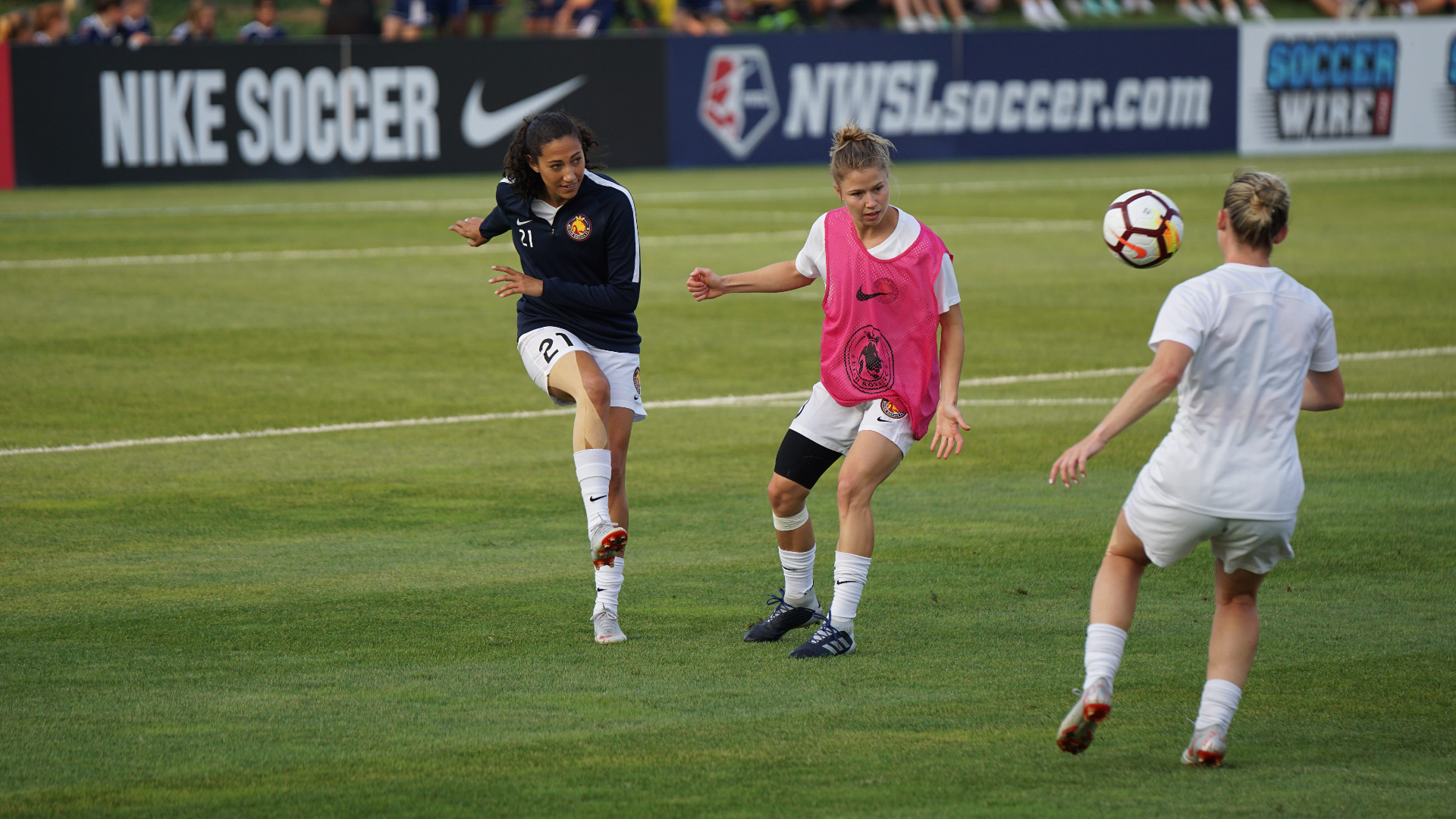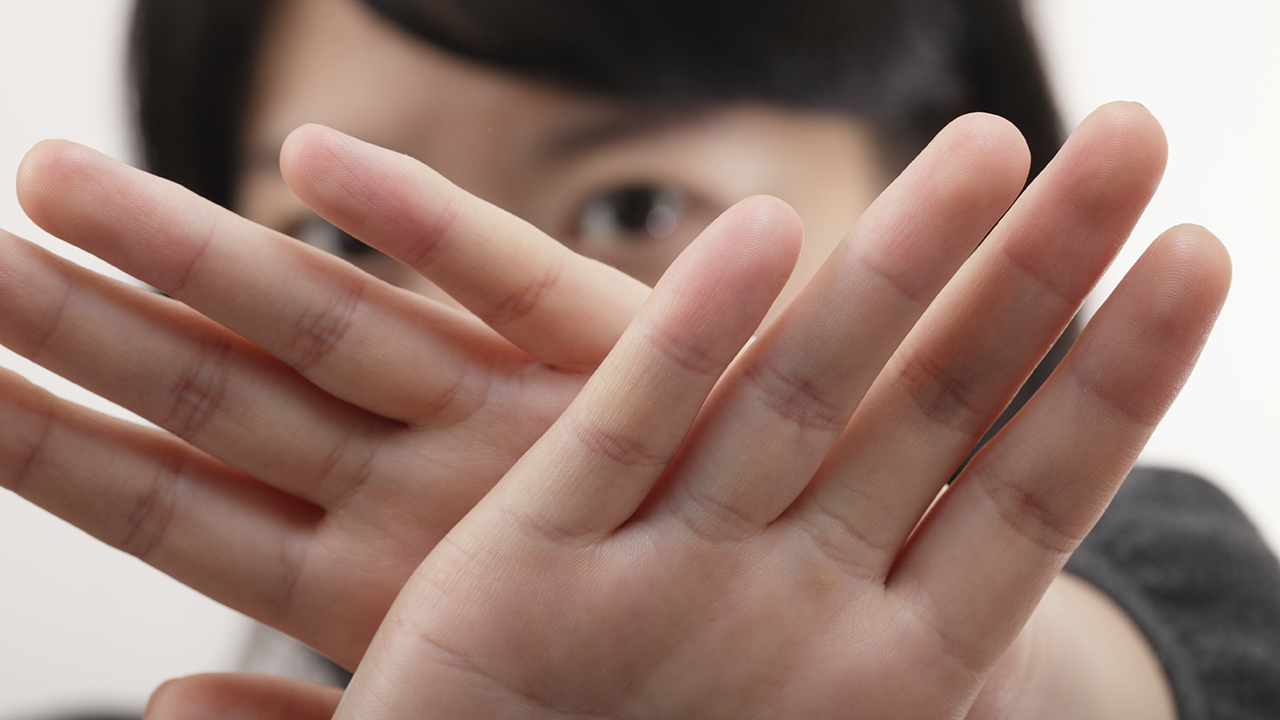Abortion rights, women of color, and LGBTQI+ people are under attack. Pledge to join us in fighting for gender justice.
A Lifetime of the Wage Gap: When You Don’t Know Your Number

This post is the fifth in a series of blog posts leading up to Equal Pay Day (April 12) featuring women at the beginning and end of their careers reflecting on the impact of the lifetime wage gap.
If you know anything about the wage gap for women, it’s probably this number: 79 cents. That’s typically what all women who work full time, year round make, across age, race, ability, and sexual orientation compared to every dollar earned by all men full-time, year-round workers. If you know a bit more about the wage gap, you likely know that when we break it down by different factors, the numbers look different. Like anyone else, I’m curious to know how the wage gap personally affects me, and what that means for my career going forward.
Trying to figure out what that looks like when you’re juggling intersecting identities is a bit of a process. But trying to get that number when one of your identities is not even a box you can check on the Census is a bit more difficult – because it basically doesn’t exist.
I’m talking specifically about sexual orientation. Currently, the Current Population Survey and the American Community Survey (where we get our data from) do not ask citizens for their sexual orientation or their gender identity, leaving LGBT folks out of the conversation on the wage gap. While I suppose this could be an opportunity to be blissfully ignorant of how much I’m projected to lose over my lifetime to wage discrimination, personally, I’d rather get better data.
We do know a few things about what the wage gap might look like for queer women. According to an academic study done in Canada, even after controlling for a number of factors that impact earnings, coupled lesbian women make about 9 percent less than heterosexual men, but make about 8 percent more than heterosexual women. Coupled lesbian women in this study still made less than coupled gay men, indicating that wage discrimination against lesbian and gay people still intersects with gender discrimination. Research by the Williams Institute suggests a similar pattern in the U.S.
So far, it would appear that maybe as a queer woman I’m not too bad off compared to heterosexual women. However, there are a couple issues here.
The first is that “lesbian” doesn’t encompass the wide range of women falling under the queer umbrella. This study leaves out bisexual, queer, and other women who are attracted to same-gender people, but might not be using the lesbian label. It also doesn’t take into account lesbian women who aren’t part of a couple. And the wage gap doesn’t capture a lot of other things we know about queer women, like the fact that nearly 1 in 3 bisexual women ages 18-44 live in poverty. Or that in many states, you can still legally be fired for your sexual orientation. Or this recent study that shows that LGBT women are 30 percent less likely to get called back for jobs.
This of course also leaves out queer trans women, for whom we know poverty is an even larger issue.
So to be honest – thinking about the lifetime wage gap is just part of a lot of issues that I think about when it comes to work. I’m lucky to live in a city with great laws that I know will protect me – but many people across the U.S. and across the world don’t have that reassurance. I’m also not sure what would happen if I moved to a place without these kinds of anti-discrimination laws – or to a place like Mississippi or North Carolina that have actively enacted discriminatory legislation against LGBT people. I worry about my appearance in job interviews and in professional settings in ways that my straight peers often don’t. I know that these factors could have detrimental effects on my employment and salary, despite anti-discrimination laws being in place.
However, I’m hopeful that by raising awareness about these issues, I won’t have to worry about my career as I get older. One way we can start raising awareness? Make sure the data we collect on our citizens accurately reflects the range of sexuality and gender that our population expresses. It’s not enough to only have a small set of information that doesn’t reflect the truth of the larger truth of our community. We need to know what queer and trans women are facing when it comes to wage discrimination so we can tackle it head on.
Next Equal Pay Day, I look forward to having a better idea about what the wage gap looks like for me, and for all queer women – not just coupled lesbians who live in Canada.





